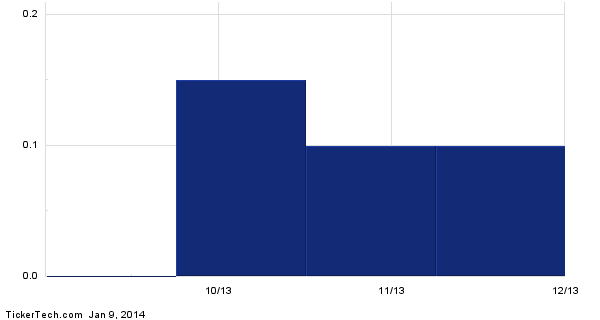What investors need to know about preferred shares
Post on: 7 Май, 2015 No Comment

The Financial Post takes a weekly look at the tools and strategies that will help make your investment decisions. This week: What investors should know about preferred shares.
Manulife Financial Corp. on Wednesday showed just how popular preferred shares are with investors: It issued eight million preferred shares priced at $25 per share, which all sold out in a couple of hours.
In the U.S. the S&P U.S. Preferred Stock Index is up 14.07% so far in 2014, slightly edging out the performance of the S&P 500, which is up 13.9%.
Fund managers point out the demand has made preferred shares expensive.
“The terms and yields right now are in favour of sellers and not buyers,” said Barry Schwartz, chief investment officer at Baskin Wealth Management. “Yields are low and premiums are high because so many investors are willing to buy at those prices.”
But preferred shares, also known as preferred stock, remain popular because they have characteristics of both debt and equity by paying a dividend and giving investors a higher claim on assets and earnings than regular equity does.
They also have some of the defensive appeal that many investors often look for in bonds, while offering the return potential of stocks, an appealing combination when stock markets keep rising despite plenty of geopolitical and economic risks.
Mr. Schwartz said anyone looking for preferred shares needs to do their homework before buying, because so many are very expensive.
“If I were actively buying, I’d look for lower-tier companies with better yields that are generating ample free cash flow,” he said. “I’d look for companies that have high-rate reset spreads to five-year Canada bonds and I would also ladder my preferred shares so that I have them maturing at different times.”
Of course, the impact that rising interest rates will have is also an important consideration given preferred shares bond-like characteristics.
The type of preferred shares that are most sensitive to rising rates are known as perpetuals since they do not have set redemption dates that reset their dividends. That means their yields are already relatively high, but the value of the preferred share will rapidly fall if interest rates allow bonds to pay out higher yields.
The other main type of preferred shares are rate resets, such as the stock issued by Manulife on Wednesday.
Rate resets are reviewed from time to time to adjust their payout, giving investors the option of redeeming them or accepting a new payout more in line with current interest rates if the market changes, a feature that makes rate reset shares even more popular and expensive than perpetuals at the moment.
Mr. Schwartz said such shares might work for more risk-averse investors, but he still favours regular equities over preferred shares since he sees better returns over the next year.
Weve decided to throw our hands up in the air and not participate in the current preferred share market, he said. Were not going to be buying convertible bonds with huge premiums or preferred shares with low yields.














